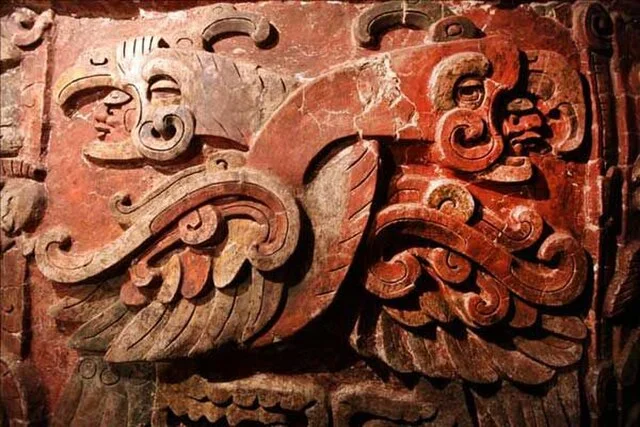The Margarita Tomb, located in the ancient necropolis of Aigai in modern-day Turkey, is one of the best-preserved examples of Hellenistic funerary architecture. It stands as a testament to the artistry and craftsmanship of the ancient Macedonian culture that once flourished in this region. The tomb dates to the 4th century BC, a period marked by the rise of the Macedonian Empire and the cultural influence of figures such as Alexander the Great.
Get your dose of History via Email
Historical Background
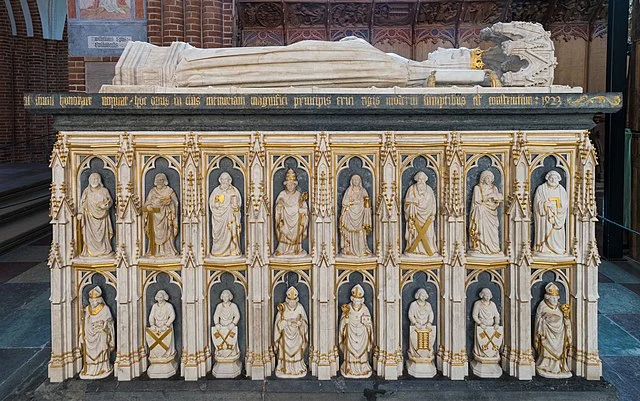
The Margarita Tomb is situated in Aigai, an ancient Macedonian city renowned as a royal burial site for Macedonian kings and noble families. Aigai, located in the region of Macedonia, was one of the most significant cities of its time, often hosting important cultural, political, and religious events. Its necropolis includes various elaborate tombs, with the Margarita Tomb being a prime example of the grand Hellenistic burial traditions that emerged in the region.
This particular tomb likely belonged to a member of the Macedonian elite, possibly related to the ruling dynasty. While the exact identity of the occupant remains unknown, the tomb’s intricate design and craftsmanship suggest it was created for an individual of high social standing.
Architectural Features
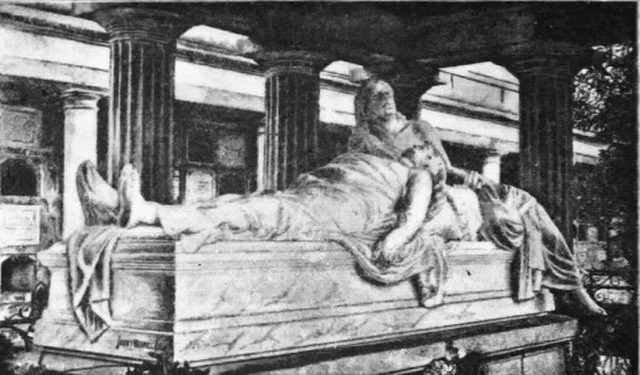
The architecture of the Margarita Tomb reflects the influence of Classical Greek design with distinctly Macedonian elements. The tomb has a barrel-vaulted chamber constructed from precisely cut stones. This vaulted ceiling, a structural innovation at the time, allowed for a more expansive interior space. The chamber is adorned with intricate reliefs and decorative motifs, including rosettes and garlands, which reflect the Hellenistic fascination with detailed, life-like representations.
One of the most notable features of the Margarita Tomb is its facade, which resembles a miniature temple. The tomb’s exterior includes two Ionic columns supporting a triangular pediment, evoking the appearance of a small temple and underscoring the spiritual significance of the structure. Above the entrance, a detailed frieze depicts scenes that likely symbolized the afterlife or illustrated myths connected to the deceased’s family heritage.
Symbolism and Decoration
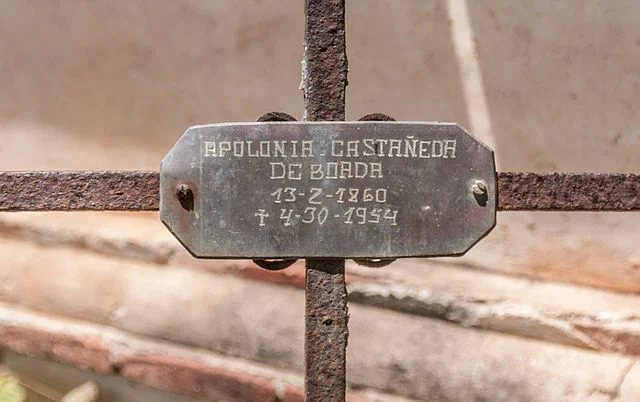
The decorations and symbols in the Margarita Tomb serve both aesthetic and symbolic purposes. Hellenistic art often combined realistic elements with idealized forms, creating a blend of human and divine imagery. The motifs present in the tomb’s reliefs and frescoes likely conveyed messages of protection, honor, and remembrance.
The use of floral motifs, such as rosettes, had symbolic importance in Hellenistic culture, representing beauty, eternity, and the cycle of life and death. Additionally, garlanded wreaths often symbolized victory, possibly signifying the deceased’s achievements or a metaphorical victory over death.
Excavation and Preservation
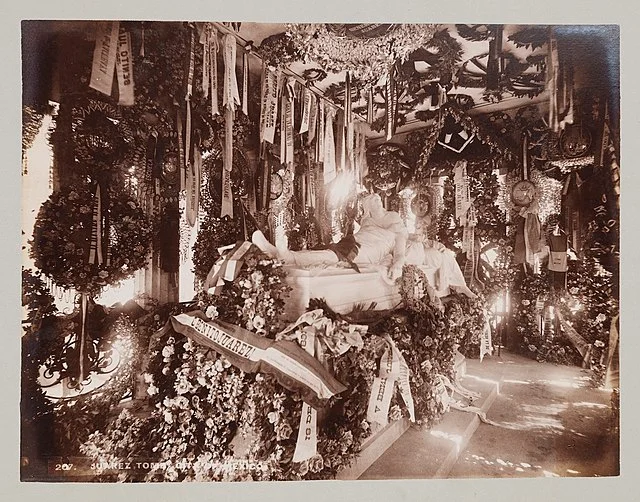
The Margarita Tomb was excavated as part of broader archaeological efforts in Aigai’s necropolis. Over time, scholars have focused on preserving the tomb’s structure and intricate artwork. Although the tomb has been exposed to natural decay, preservation techniques have been applied to safeguard its features for future study.
Archaeologists have meticulously documented the tomb’s structural details, decorations, and inscriptions. This documentation has not only provided insight into the tomb’s construction but has also added to our understanding of Hellenistic funerary practices.
Cultural Significance

The Margarita Tomb is more than just an example of Hellenistic funerary architecture; it provides a window into the beliefs, values, and artistic achievements of ancient Macedonia. The design and construction of this tomb reflect the high regard ancient Macedonians had for their deceased and the elaborate lengths they went to in commemorating them.
Through its architecture and symbolism, the Margarita Tomb sheds light on the Macedonian worldview, blending respect for the deceased with artistic grandeur. This site continues to be an essential subject of study, offering clues about the broader cultural and religious landscape of the Hellenistic period.
Conclusion
The Margarita Tomb remains a critical piece of Hellenistic history and an architectural marvel. Its blend of structural innovation, artistic detail, and symbolic elements exemplify the advanced cultural achievements of ancient Macedonia. Ongoing preservation and study of this tomb not only honor the craftsmanship of its creators but also ensure that future generations can learn from this remarkable testament to the ancient world.
SOurce:

